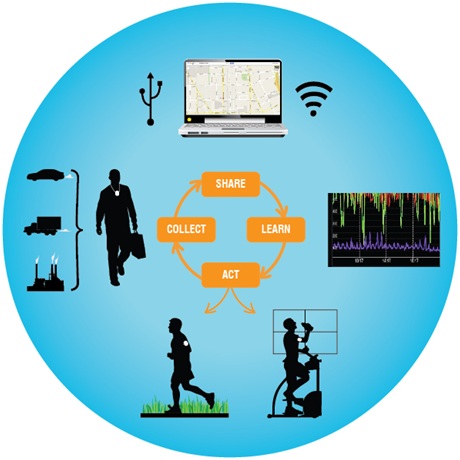Thank You, We Couldn’t Do It Without You

Haga clic en la imagen para unirse a la conversación en nuestro blog en español... ¡No olvide de suscribirse!
By Lina Younes
Science is at the heart of everything we do at EPA. That’s basically our mantra. Scientific research provides us with the key information we need to fulfill our mission of protecting human health and the environment. Furthermore it gives us the knowledge to better understand the risks to human health and ecosystems and the means to develop innovative solutions to prevent pollution in order to achieve a healthier world. In sum, science is essential to the Agency’s decision-making process.
However, science is not this abstract theory that exists in a vacuum. It is part of our daily lives. Scientific knowledge does not just happen by osmosis. Scientific research is done by individuals, men and women scientists and engineers who are the true drivers of the Agency. In order to recognize their contributions, we have featured some of our researchers on our English and Spanish web pages. I highly recommend that you visit these pages to learn how they got started in their careers and their important contributions to environmental protection.
Personally, I hope the profiles of our scientists will inspire the next generation of professionals who will dedicate their lives to careers in STEM (Science, Technology, Engineering and Math). In reading their profiles, we see diverse individuals with varied backgrounds who shared many common interests and goals. It is never too late to start.
And once again, to our scientists, thank you for what you do to make this a healthier and greener world.
About the author: Lina Younes has been working for EPA since 2002 and currently serves the Multilingual Outreach and Communications Liaison for EPA. She manages EPA’s social media efforts in Spanish. Prior to joining EPA, she was the Washington bureau chief for two Puerto Rican newspapers and she has worked for several government agencies.








